|
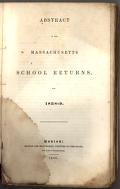
"Abstract of the Massachusetts School Returns for 1838-9"
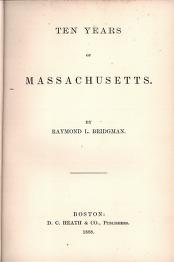
"Ten Years of Massachusetts"
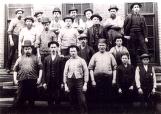
John Russell Cutlery Grinding Room Employees
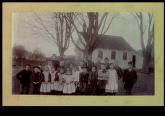
One Room School in Wapping
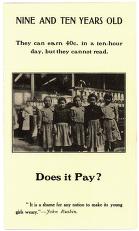
"Nine and Ten Years Old- They can earn 40c. in a ten-hour day, but they cannot read."

"Shorter Hours for Women"
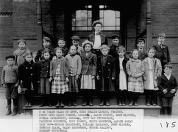
Second Grade Class

"Onion Harvest"

Two children feeding hens

Onion Shovel

"Last Furrow"
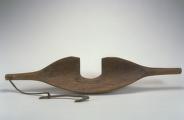
Neck Yoke

"Farm for Sale"
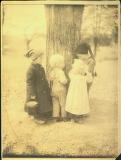
"Sap Gatherers"
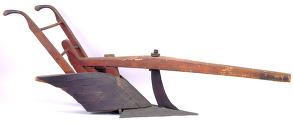
Ditch Plow
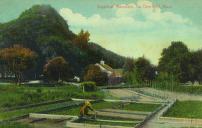
Mt. Sugarloaf with farmer

Egg crate

Russell Cutlery Company Birds-Eye View
|
Summary and Objective
Students will understand that work expectations for children have evolved over time based on the shifts in social attitudes and the American economy. (from rural, agrarian to urban, industrial)
Teaching Plan
Step 1.
Teacher will pose the following questions: What is work? Why do people work? What kinds of work can children do? Why do children work? Student responses will be logged on large chart paper, titled, What We Know About Work.
Step 2.
Student will be given a two-sided teacher-made response sheet with the following question pairs at the top of each page. 1. What work do you do every week? Why do you do that work? 2. What is the hardest job you have ever done? Explain why it was hard. Students will draw or write their responses to these questions, depending on their skill level. Students will then share their responses with the class.
Step 3.
Students will be shown copies the pictures that show tools used in farming: Onion Shovel, Neck Yoke, Ditch Plow and Egg Crate. They will be asked to brainstorm what these tools might be used for and how they would be used. Teacher will then show students copies of pictures depicting children doing farm work: "Onion Harvest", "Sap Gatherers," " Two children feeding hens," "Last Furrow." Students will be asked to match the tools to the jobs being done in the pictures. Then reflecting on their own response sheet, students will discuss if the work being done in the photos is hard or easy work for children and why the children in the pictures are doing the work.
Step 4.
The teacher will show the picture, “Mt. Sugarloaf with Farmer." Brainstorm with students why agriculture was an important kind of work in the early 1800’s. Teacher will ask students to discuss, “Is going to school children’s work?” Teacher will show students copies of "Abstract of the Massachusetts School Returns for 1838-9", Page 196, lines 2, 3, 4 will be highlighted to show the difference in seasonal attendance at school and the number of students attending versus those of school age. Class will calculate on the board the differences and discuss possible reasons for these variations. The final paragraph on page 201 and the first paragraph on page 202 will be highlighted and read, to discuss that farmers drew an analogy between a farmer and teacher getting to know their charges well, in order to bring the best out in them. This illustrates that the agrarian way of life was central to this time period. The photo of the One Room School in Wapping, can be used to illustrate the kinds of schools rural children went to at this time.
Step 5.
Teacher will show students a copy of the advertisement "Farm for Sale" and the photo "Russell Cutlery Company Birds-Eye View," to illustrate and explain to students the shift from agrarian work to mill/factory work. Teacher will then give students copies of the photos of " John Russell Cutlery Grinding Room Employees” and "Nine and Ten Years Old- They can earn 40c. in a ten-hour day, but they cannot read." (Cover and page 2) and images from Lewis Hines on the website (http://www.historyplace.com/unitedstates/childlabor/index.html) to examine and discuss. Teacher will ask students to reflect on the work they do and share their impressions of the work children did at this time. Was this work hard? Why did children do this work? Were the children safe? Did these working children go to school? Teacher will supplement student understanding of this topic with picture captions from website. Students will make protest posters to express their concerns for the children in the pictures and the need for reform.
Step 6.
Teacher will use highlighted copies of articles, “Ten Years of Massachusetts" pages 52, 53, 73, 74, 75,76 and "Shorter Hours for Women", to show students that reform did occur and that laws were passed to protect and educate children. Teacher will show photo, “Second Grade Class," to show that education became mandatory with reform. Teacher will add any new things students have learned about work to the chart titled, What We Know About Work, from Step 1.
|




